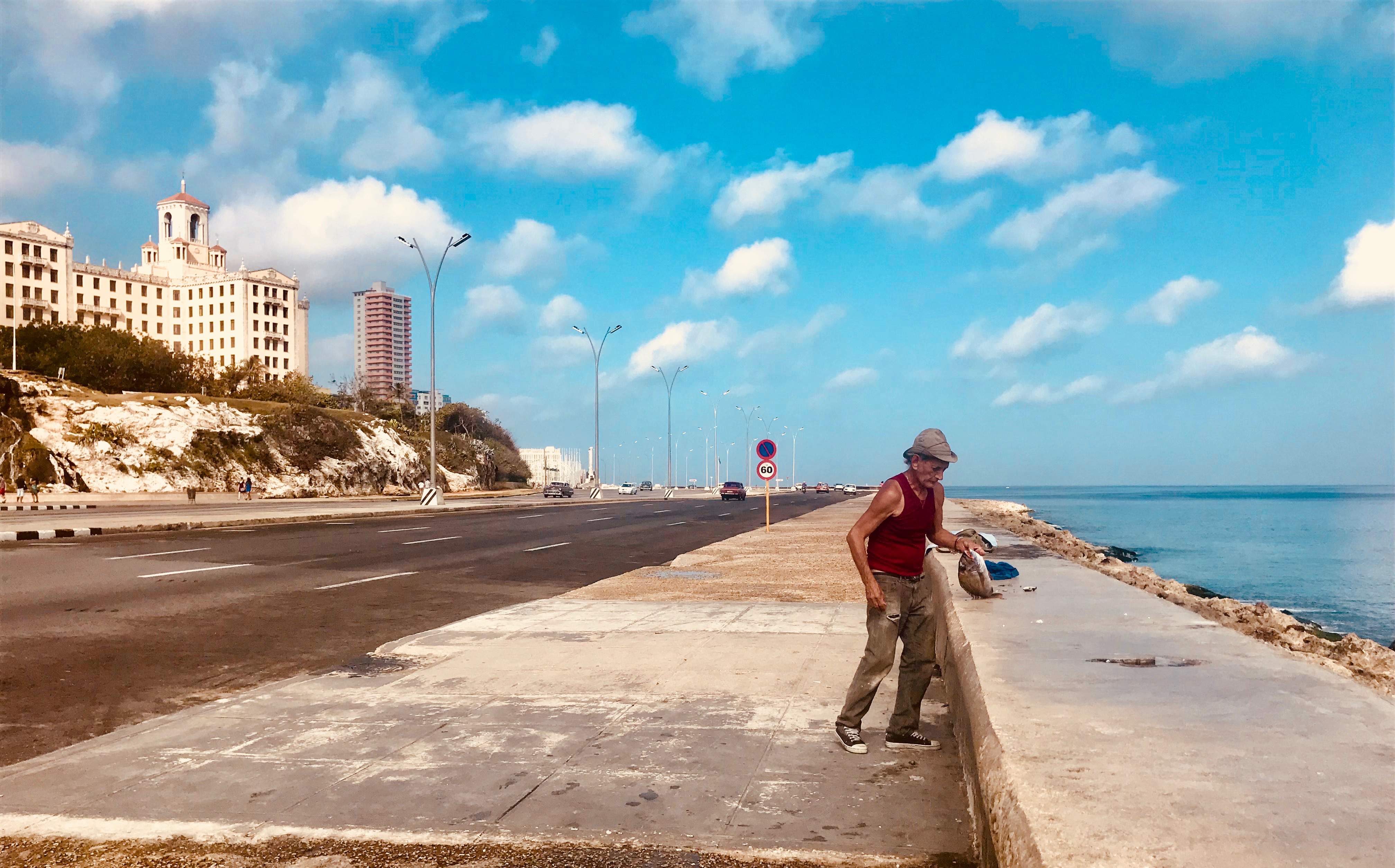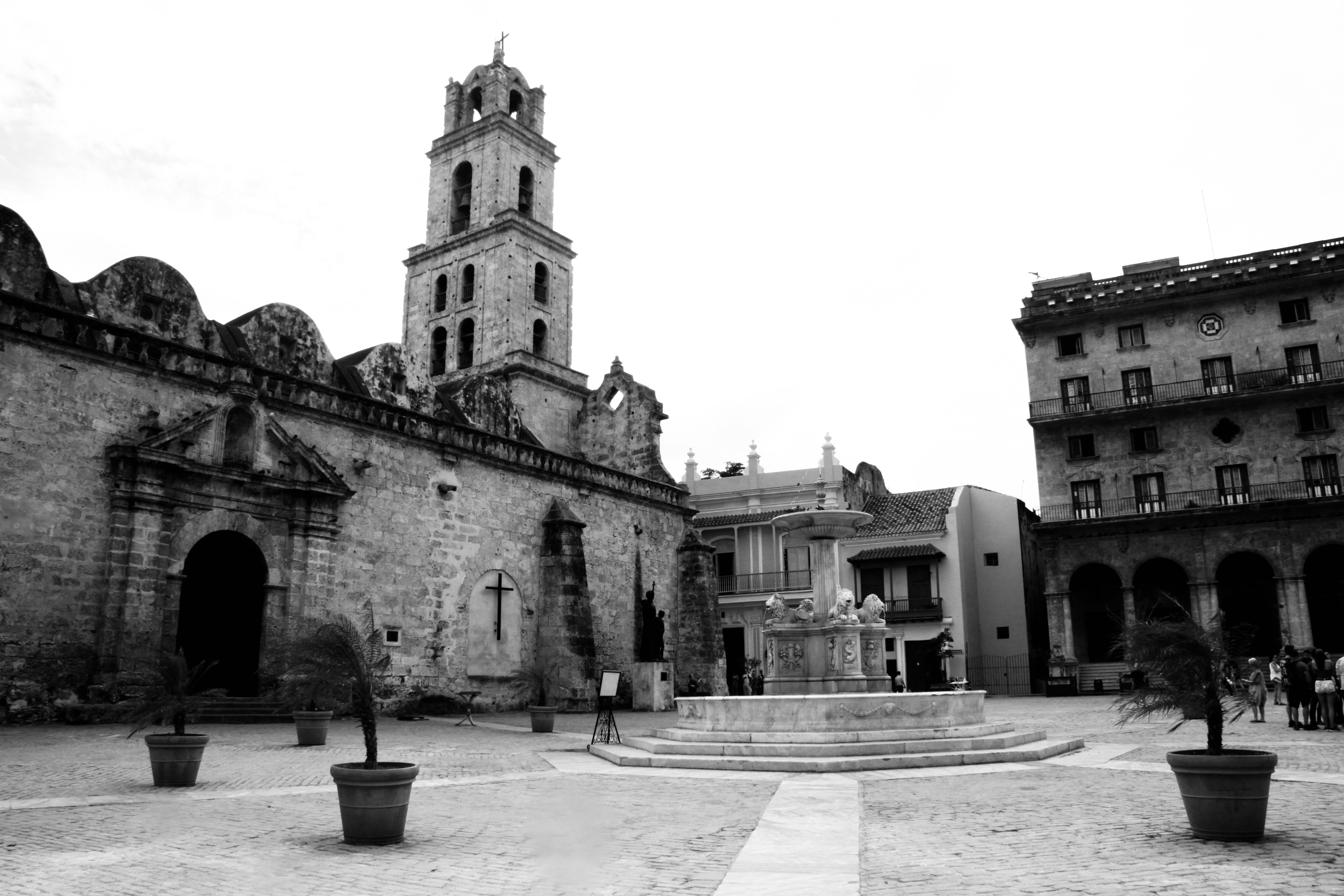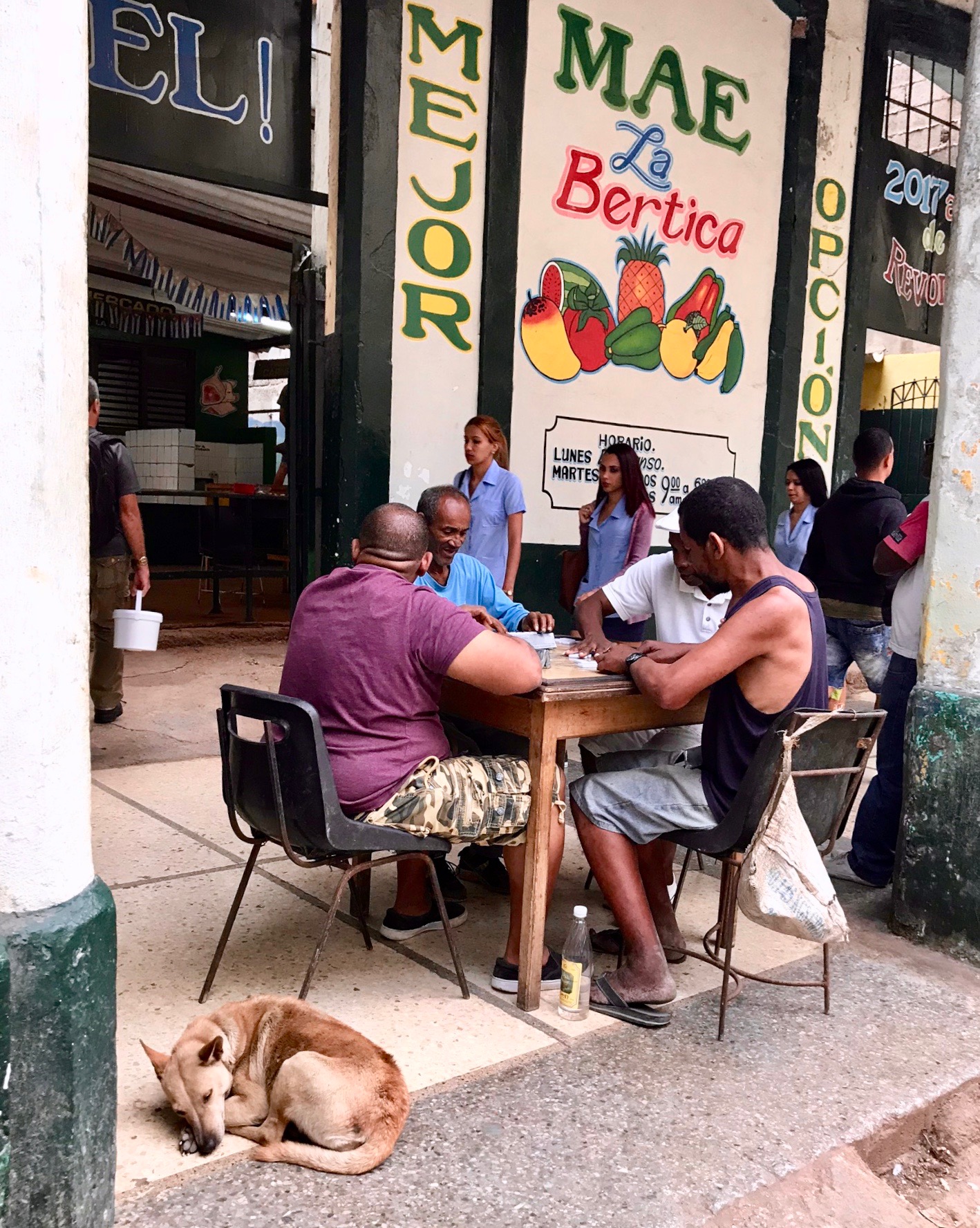Havana
Havana, Cuba. If you are looking for a country with an abundance of exceptional (or even average) restaurants, modern amenities, and excellent public hygiene, move along. This tropical country has been frozen in time since the U.S embargo 60 years ago. With vast expanses of unpopulated land and decaying airplanes along the runway, there is a realization you’re embarking to an isolated nation, before the plane even halts to a stop. The people here are tough. Generations of Cubans have endured revolutions, oppression, and communism for years. Despite the repression and poverty, the joy and pride of its people abound. Cuba provides a cultural and political landscape that is highly captivating, and well worth a visit.
Snapshot
Location
90 miles from Key West, Cuba is the largest country in the Caribbean. Havana is located in the Northwest region of the island.
Currency
Cuba has two different currencies, the cuban convertibles, CUC, and the Cuban pesos, MN. Tourism primarily uses CUC. American credit cards and debit cards are not recognized in Cuba. Therefore, when traveling to Cuba as an American, you must bring enough money to cover all your expenses. Banks are open for exchange from 9am - 3 pm. Money can also be exchanged at major hotels within the city.
Electricity
Electricity is 110V to 220 V. Most prongs take the North American flat 2 pin and the European round 2 pin plugs.
Language
Spanish is the primary language in Cuba. Most individuals in tourism speak English.
Climate
November - April are the dry months with average temps in the 70's. May- October are the wettest months with average temps in the 80's.


Travel
Flight
We flew on Jet Blue from Ft. Lauderdale to Havana. Documents were obtained in the Ft. Lauderdale airport.
Cabs
Be careful when traveling via taxi in Cuba. Most taxis do not carry a meter and the ones that do, don't actually work. Clarify with your hotel on the average cost of transportation from the airport and confirm this prior to entering the taxi.
Getting Around
In a country where the only wifi can be found in public parks, MAPS.ME is a lifesaver. This app works completely offline. It tracks your current location, gives you directions, and searches for landmarks or streets. A amusing way to see the highlights of Havana is by taking a tour by convertible. Make sure to negotiate for a reasonable price ahead of time!
Slumber
Case Particulars are the Cuban version of a B&B. They can be found on Air B&B or VRBO. We stayed at Animas 303, a boutique hotel with 12 rooms. This renovated hotel is located in a residential area. At night, the surrounding streets might appear unsafe, however we felt very safe and had no issues. Havana is actually a very safe city, with much less crime than typical U.S. cities. The room was clean and breakfast was nice. If you want to enjoy a cocktail and views of Havana, head up to their roof top. Overall, we would highly recommend!
FYI: Don’t be surprised if you receive a confirmation email asking for you to bring bed linens, glassware, or any other items necessary to run a hotel. These establishments try to offer the best they can for their clients. However, obtaining supplies in Cuba is almost impossible unless someone flys in with it. The hotel will often pay for the cost of the item and offer free transportation from the airport, a massage, or cocktail as a thank you.

Eats

With the embargo, the variety of food in Cuba is slim. Don’t believe me? Just visit the local grocery store. There are more varieties of rum than potato chips. The food scene however has substantially improved over the past several years. In 2011, the government allowed private restaurants to expand the number of allowed patrons from the previous limit of just 12. We visited the majority of the most well known restaurants and bars in Havana. The food was all slightly above average to good.
El Chanchullero – cool bar and restaurant with great patio. Very laid back, and one our favorites in the city.
El Dandy – small quaint restaurant, close to El Chanchullero. Great stop for drinks and people watching.
El Floridita – Flooded with tourists, but still worth the visit! Hemingway’s old hangout, grab the daiquiri.
O-Reilly 304 – best tacos and most flavorful food, same owners as El Frente which is across the street


El Frente – food wasn’t as good as 304 O’Reilly but roof top bar and cocktails were great. Stop here for high quality, unique drinks (which is rare in Cuba).
Sia Kara – food was above Havana standard, live music at night, and cool bar
La Guarida – must have a reservation, ambiance was top notch, food not so much, roof top bar was outstanding. This is the best roof top bar in Havana.
Hotel Nacional – a must! Arrive an hour prior to sunset to explore the hotel and its grounds. Visit the cigar humidor in the basement. The Nacional has a massive collection of fine tobacco. Then watch the sunset on the back patio with a cold Cuba libre.

Sights
Museo de la Revolution
The revolution museum is located in the former Presidential palace. It was constructed from 1913-1920 and decorated by “Tiffany’s” of New York. Open from 9:30am-4pm. Cost 8 CUC.


Soaked with propaganda, the museum recalls the events of the Cuban revolution, in the eyes of Cuban leaders.
Step outside to see the Granma. This is the most famous boat in Cuban history. A 60 ft vessel used to transport Fidel Castro and 81 of his revolutionaries from Mexico to Cuba, to initiate the revolution.

Malecon
The heart of Havana. Stroll along the 7 km ocean front walkway and see Havana through a locals eye. Said to be the “longest couch in the world”, in the evening, the city empties out of the stuffy interior to relax, dance, and drink in the cool ocean breeze.


Due to the erosive salt water, and poor maintenance practices, many of the historic buildings along the malecon are decaying.
A Fisherman casts a handline out to sea.


Plaza de la Revolution
The plaza de la Revolution was built between 1920 to 1959 in a part of town known as Havanas “new city”. In the plaza you can see the mural (as pictured) of Che Guevara, the mural of Camilo Cienfuegos, and the monument to Jose Marti. This memorial is Havana’s tallest structure. Pay a small fee and visit the top for views of the city.


Plaza de San Francisco de Asis
Developed in the 1500s, the plaza once held a market. When the church was built in 1608, the market became too noisy for the monks and it was moved to Plaza Vieja.
Old & Centro Havana
Don’t be scared just to wander around. There are plenty of things to see and do in Old and Centro Havana. Check out these other great locations:
Partagas Factory – Cigar factory
Havana Club Rum Museum – enjoy a tour and a tasting at the end
El Capitolio – National Capital Building, very similar design to the US Capital building
Plaza de Armas – main square, cafes, social area
Almacenes San Jose – shopping market to satisfy all of your souvenir needs

Wander Worthy
Traveling to Cuba is much easier than you have been lead to believe. However, you must arrive with the realization that you have been transported back to the 1960’s. Be sure to pack every single toiletry you may need, including soap, a towel, and something to wipe with! The landscapes and architecture will impress you. The food will not, so pack some snacks. Also, Cuba is one of the safest countries we have traveled to. If you are seeking a rare and historically uncommon experience, then add a Cuban voyage to your next itinerary.







